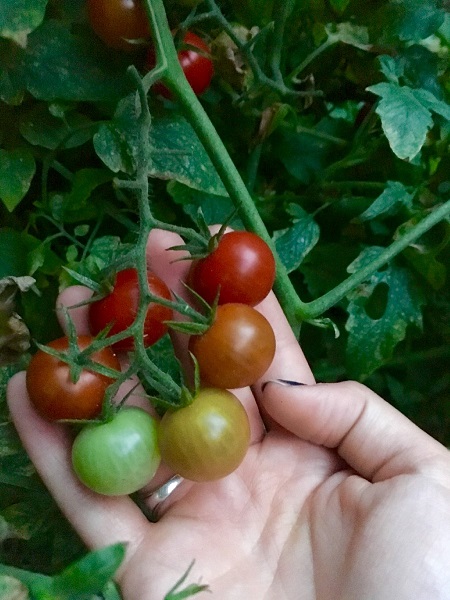How Do You Color New York City?
When I was a child, nature meant an impossible wildness, the pinnacle of beauty and wonder and isolation. To be in nature meant to be in the deepest forest, the Amazon — nothing short of a natural wonder. My mother’s garden, the huge oak trees in our front yard, the swell of bird calls each morning — these were just fixtures in my reality.
I grew up surrounded by the natural world. I was blessed to live in a place where trees were allowed to grow big, where I could walk a mile and be at the ocean. My mother is a horticulturist. She planted a lush garden in our steep, shady backyard using only native or ecologically responsible species. She would ask me to come walk with her in the garden, and I would begrudgingly accompany her as she pointed to each species and only identified them using their proper Latin names. Bellis perennis, Cornus florida. The names would roll off of her tongue and soon after they reached my ears, they would fall out of my consciousness.
Ungrateful isn’t the right word — maybe unaware, maybe naive? I didn’t know how good I had it. Only once I moved to a place that was abstracted from nature, did I realize its significance to me. After college, I moved to New York City, and was struck by how utterly devoid of nature the landscape was. Visually, I was struck by New York City’s features, but found myself having mounting anxiety. I moved from cramped indoor spaces to a city of stone and stale air, and accosted by stimuli. I was missing the release and calm brought by nature.
I was presented with three options. I could either move, manipulate myself to no longer needing to live in nature, or try and change how New York City interacts with nature. I chose the third, and have found myself working in sustainability in the “concrete jungle”. I realized that while New York City is uniquely urban, its apathy towards nature is an analogy of where we are headed as a collective society, to a world turned grey by climate change.
The idea of a grayscale Earth is the primary motivator for my climate action. I now work to bring nature, in any variety or form, back into the New York City landscape. I work for the NYC Compost Project, a community composting project funded by New York Sanitation, and work to develop public food scrap drop-offs across the five boroughs. I approach community gardens, churches, and non-profits and ask that they open their space to the public to bring their organic waste. This work asks the public to change how they view their waste, and as such how they relate to their world.
I am asking them to look at their waste differently, hoping they have the same epiphany that I’ve had. That the earth is precious, that it provides, that it induces wonder, that it can be found everywhere. I feel encouraged knowing that in helping divert organic waste from landfills, I help the earth restore to its natural rhythm. In New York City, I’ve found a small way to keep the earth awash with color and character.

Author: Mara Moss



